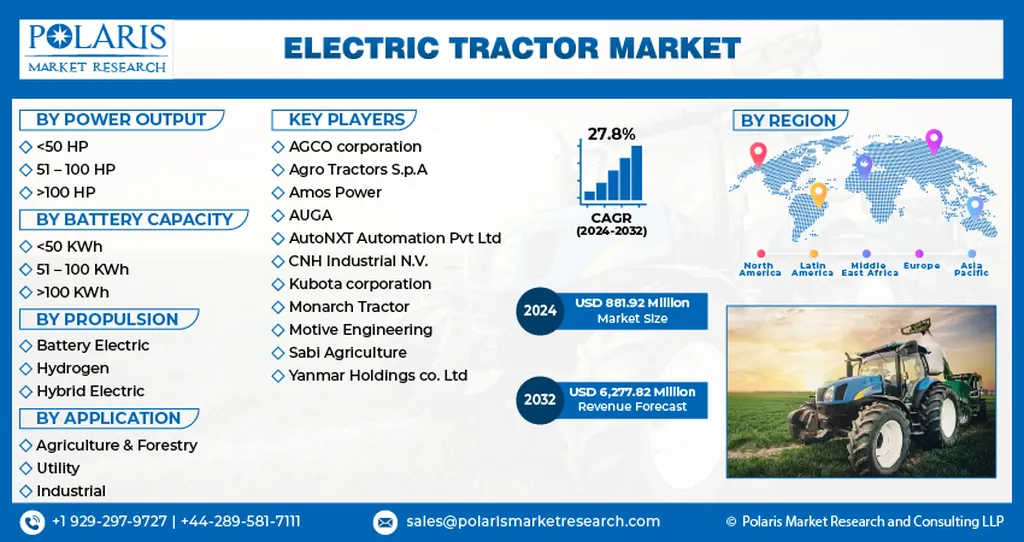In the heart of South Korea, researchers are plowing new ground in the field of electric tractors, and their findings could revolutionize the way farmers approach agricultural work. A recent study published in *Scientific Reports* has estimated battery usable time and discharge rates for electric tractors, providing a roadmap for selecting suitable batteries for full-day operations. The research, led by Md. Abu Ayub Siddique from the Eco-Friendly Hydrogen Electric Tractor & Agricultural Machinery Institute at Chungnam National University, could have significant commercial impacts for the agriculture sector, particularly as the industry shifts towards more sustainable and efficient practices.
The study employed dynamometer tests and rotary tillage at various gear stages to determine battery consumption and usable time. “We found that battery power consumption varied significantly based on the load,” Siddique explained. “For light, medium, and heavy-duty loads, the usable times were 3.00, 2.33, and 1.25 hours, respectively.” These findings were validated through rotary tillage tests, confirming the trends observed in the dynamometer tests.
One of the key insights from the study is the relationship between battery mass, volume, and energy density. As the researchers noted, “higher energy storage required a larger and heavier battery pack for full-day operations.” This presents a challenge for manufacturers, who must balance the need for extended battery life with practical weight and space limitations.
So, what does this mean for the future of electric tractors and the agriculture sector as a whole? The study provides a feasible technique for battery selection in real agricultural scenarios, offering practical insights for manufacturers. As the industry continues to grapple with the need for more sustainable and efficient practices, this research could shape the development of electric tractors that are better suited to the demands of agricultural work.
Moreover, the study highlights the importance of considering various factors, such as traction efficiency, slip ratio, and effective field capacity, in the selection of suitable gear stages. While these factors were not considered in this study, they represent important areas for future research.
In the quest for more sustainable and efficient agricultural practices, electric tractors are emerging as a promising solution. And with the insights provided by this study, manufacturers and farmers alike can make more informed decisions about battery selection and usage, paving the way for a more sustainable and efficient future for the agriculture sector. As the industry continues to evolve, research like this will be crucial in shaping the development of technologies that meet the unique demands of agricultural work.

